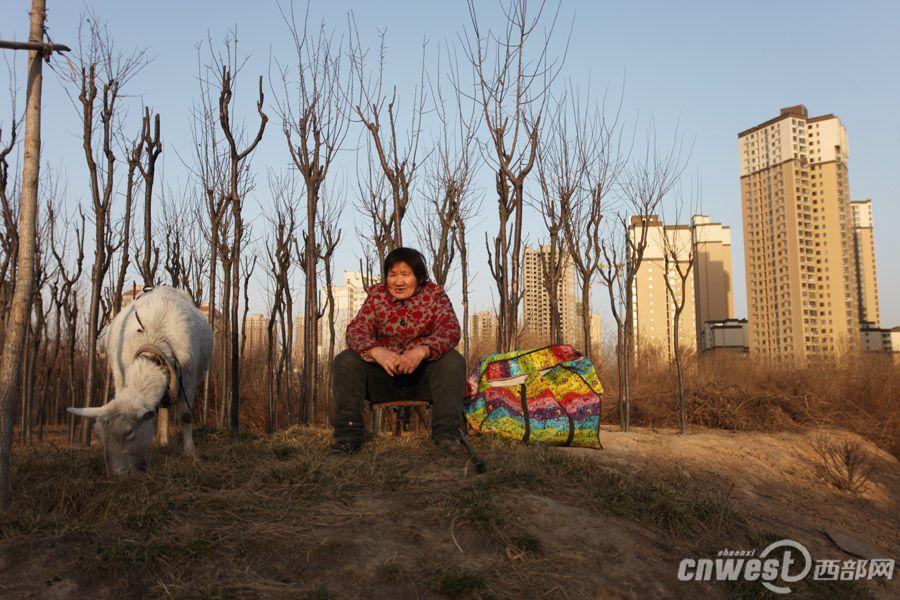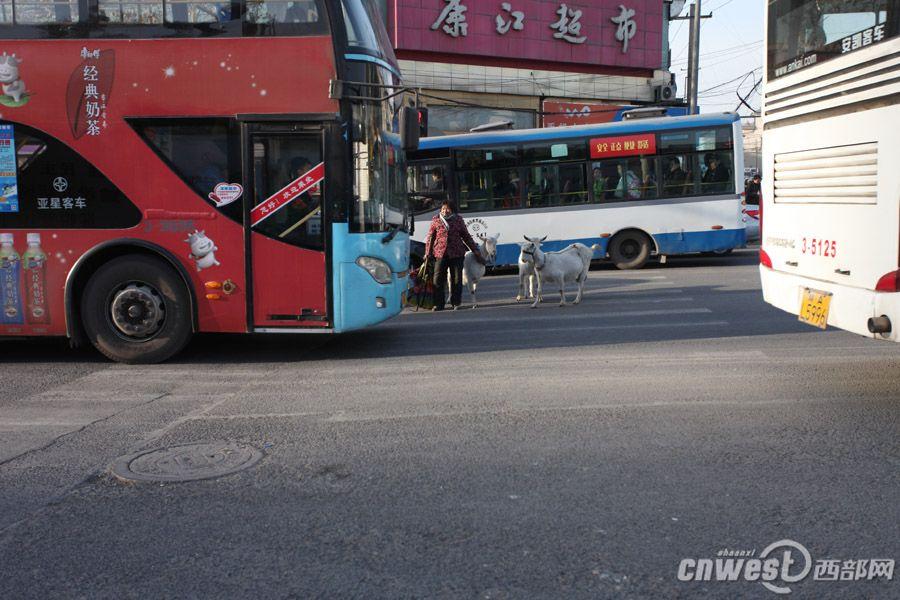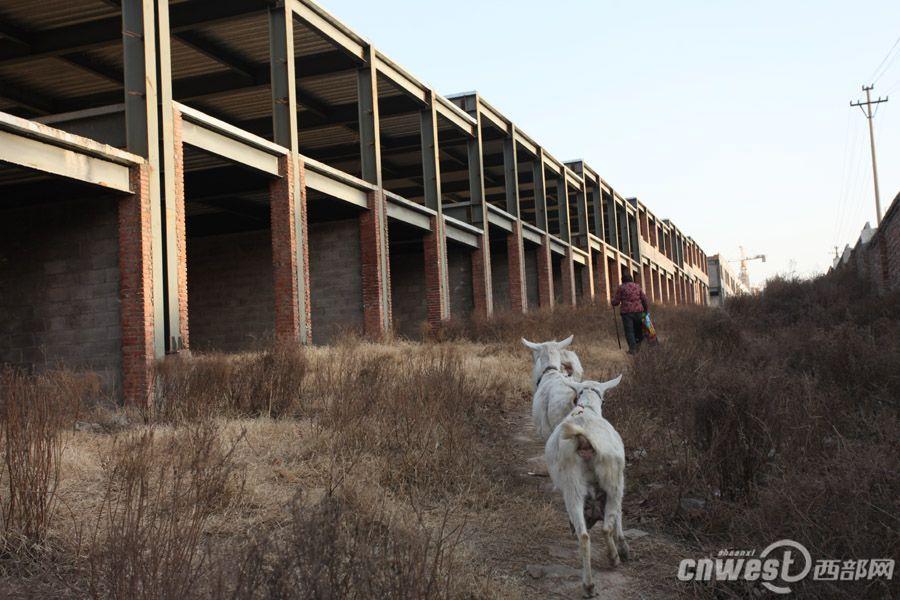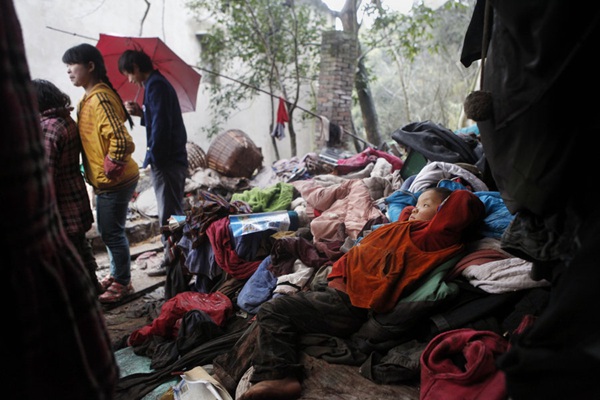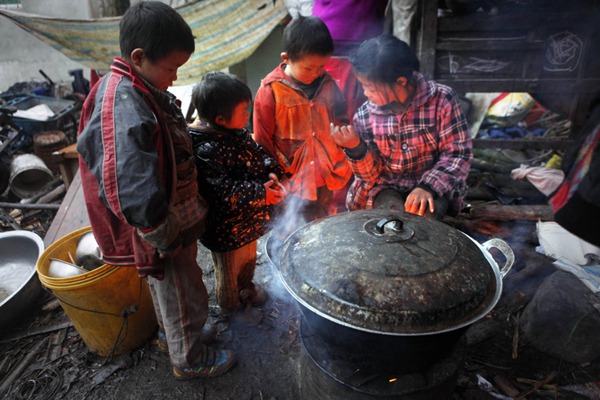These images are from Chinese Media.
Like kids everywhere these children of migrant workers in Dongguan (near Shenzhen) like to play. When farm workers leave their villages to work in the huge Chinese construction/factory industries they are faced with a decision - leave their kids with relatives (usually grand-parents) in the village or take them with them, to face the uncertainties of city life.
This photograph was taken by Zhan Youbing, a 41 year old photographer, who for the past nine years has focused his camera on the lives of migrant workers. So far, he has taken over 400,000 photos of migrant workers.
Strictly speaking, migrant workers may not be below the poverty line. In their village, they likely have a home and land, and many villagers today are well off. But not all, and that's when they consider becoming part of this huge migration of people from a rural life to a urban life
In November, Zhan published his first book, titled I Am a Migrant Worker, which drew a great deal of attention among the public due to the insider's view it offered into the lives of migrant workers. The book also became known as the first of its kind to fully delve into the lives of this segment of society.Zhan knows the lives of migrant workers from personal experience, this is a personal story, as well as his special interest.
In 2002, Zhan spent 1,400 yuan, then the equivalent of one month's salary, on a second-hand Nikon camera, and started to take photos. At the very beginning, he wanted to show the best aspects of life and took a large number of scenic snapshots.
By chance, he met a documentary photographer who influenced him to take a new direction. It was then that he began to focus on migrant workers.
Almost every day, he would spend hours hanging around factories, dormitories, bus stations, labor markets and book stalls, capturing the daily routines of migrant workers.
"I want to record the lives of migrant workers, their lives and struggles," he said.
In 2006, he took lessons at a local photography school for two months to improve his skills. By then, he had also started to post his photos online, which allowed him to make friends with several photographers.
Tang Shouxin, deputy director of the Chang'an Photography Association, was one of them. Tang has been friends with Zhan for over a decade and was impressed by his persistence and hard work.
"He would use every opportunity to learn from other photographers. He is modest and devoted to his job," Tang said.
"It is a difficult thing to focus on one group for nine years straight. Zhan did this, and his help in documenting the history of migrant workers, a group that is neglected, has been invaluable," Tang told the Global Times.
He may also be one of the most diligent photographers around. Besides taking photos, Tang conducted interviews with migrant workers and documented their personal stories.
Reference: http://www.globaltimes.cn/content/903558.shtml

